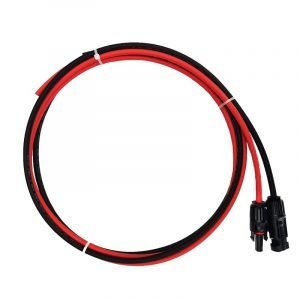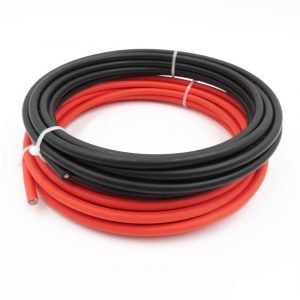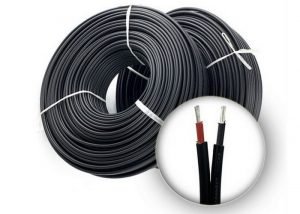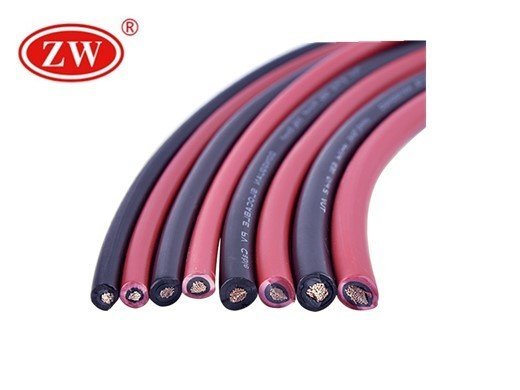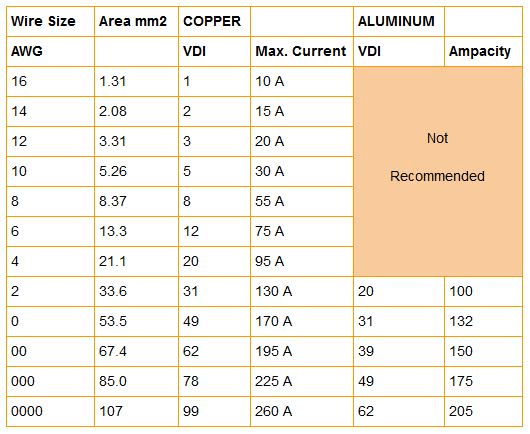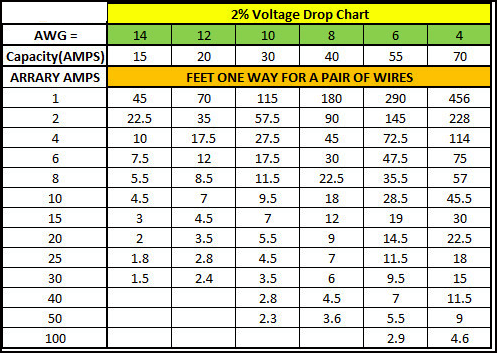- Leading Cable and Wire Manufacturer-ZW
- Solar Cable
Solar Cable & Wire
- According to TUV
- Tinned Copper, Double XLPO
- Approved by TUV, H1Z2Z2-K
- Large stock solar cable in stock
- 0.6/1KV
- Service life 25 Years
ZW Solar wire is approved by TUV. We have solar panel cable 4mm and solar panel cable 6mm in stock. We can also produce solar wire according to your requirements.
Table of Contents
Get more value for your Solar cable purchase
The world is gradually ditching fossil fuels (oil, coal, etc.) to turn to renewable power sources. The predominant renewable energy source is solar power, and more residential and commercial users are turning to them. However, in addition to selecting the right Photovoltaic panels, a critical element for success is selecting the right solar cable.
In this ZW Solar Wire Buyer’s Guide, we’ll explain everything you need to know about solar panel wire and highlight all you need to know to receive better value from your solar power cable purchase decisions.
1. What is a solar PV cable?
A solar cable is sometimes called a PV wire, or PV cable, which stands for Photovoltaic wire. This is a special type of single-conductor cable that’s used to connect two or more photovoltaic electrical panels in pv solar system. These systems are designed to harness the power of the sun, and through a conversion process, transform that harnessed power into electricity (solar power).
Sun cable can also be classified according to the conductor material used. It is common for construction and commercial installations to use aluminum and copper solar wire.
This wire is therefore a specific solar panel wire type designed for use in PV applications. A single or multiple solar panels produce this energy, and it is the solar cable that’s used to transfer that electricity from the panel, back to the equipment run on solar power, or to a power storage device (battery) hooked up via a PV cable.
2. Why use solar panel wire?
Photovoltaic modules operate in conditions that generate high temperatures and are often exposed to hostile elements of the environment. A typical solar cable is exposed to the outdoor and must withstand ultraviolet light, heat, extremely cold weather, wind gusts, sand storms, snow, and rain. Many solar power applications call for laying solar cables underground, which exposes these wires to even more stress and friction.
As a result of such extreme operational requirements, a solar cable manufacturer must meet high standards when producing these cables. These high standards are governed by the National Electrical Code (NEC), which usually limits solar wiring to high-performance solar PV cable.
However, Best PV Wire for Solar Power is more robust than USE-2 cable and possesses thicker insulation to combat the rugged environment in which it operates. These standards ensure that the solar power cable used is able to withstand such extreme operational demands.
3. What is solar panel cable size?
To understand what “size” means, think of solar panel cable size in terms of a water hose. The more water you need for an application, the larger the diameter of the hose that’s required. Additionally, shorter hoses deliver greater water flow than longer hoses of the same diameter. It’s the same with solar panel cable.
If your solar wire size isn’t large enough (wire cross-sectional area or gauge), or if you use a longer solar power cable than you require, then the current will meet with higher resistance than you expected, causing fewer power Watts to move from your solar panels to the grid or battery bank. So, you really can’t say one size fits all or that one size solar PV cable is better than the other. For instance, depending on what your application is, a solar cable 6mm specification might be more appropriate than a solar cable 4mm size. In another application, the reverse might also be true – 4mm cable may be the better choice compared to 6mm.
Calculating the right solar cable size involves doing some math and then using a standard American Wire Gauge (AWG) chart. The AWS scale works in reverse, with solar wire type with lower AWG numbers representing higher wire cross-sectional area, which corresponds to less resistance and lesser voltage drops.
Here’s how to calculate the solar cable size you need:
- First, you’ll be calculating the Voltage Drop Index (VDI). You do this by using the voltage drop percent (or VD%), the length of the wire (length in feet) and the amperage (current) of the application. VDI is calculated by using the formula (Amperage x feet) / (VD% x voltage)
- Next, determine your solar cable size by using the VDI calculated above, and matching it with the AWG chart:
Depending on your application, elements such as maximum voltage drop and amperage may differ for each section of your photovoltaic system. For each segment of your application, calculate the solar wire requirement based on the appropriate cable length, amperage, and voltage loss factor. The sizes of your solar cable may be different for each part of your application.
- You may need a 10 AWG solar cable to connect the charge controller or inverter to your PV panels
- You may require a different size of pv cable to connect batteries to charge controllers
- And, you might need a different size of solar PV cable to link your inverter to the grid
Ultimately, therefore, you might use a solar cable 4mm for one segment of your solar electrical system, a solar cable 6mm, and twin solar cable for another part of the system, with an MC4 solar cable extension to link to the equipment being powered by solar electricity.
4. How to select solar cable?
Your choice of a solar cable depends on the type of solar energy project you are working on. For example, you may have wired two PV panel modules in series using the appropriate PV cable size. Next, you’ll need to transport the power from those modules to a place where the electrical equipment, circuit breaker or charge controller is located. For that, you’ll select an MC4 solar cable. So, what do these cables do, and what are their characteristics?
Well, the solar wire is like an extension cable, and it has a male and female connector at either end. Upon connecting two or more modules in series, you’ll plug one end of the MC4 cable into the terminal end of the solar panel wire linking the cables, while the other end of the cable (the MC4 solar cable extension) plugs into the equipment or power distribution circuit. Your application might be different, in which case you might select a 10 AWG solar cable. So, that’s the cable you must select.
How you select the right solar cable may also depend on other factors, such as cable rating and specific operating temperature requirements. While a USW-2 cable has ratings of up to 600 V, DC wire for solar panels are available in multiple ratings, including 600 V, 1 KV and 2 KV rated. You may therefore have more options to make your selection when deciding on the appropriate solar wire size. Additionally, while USE-2 wires have a maximum operating temperature of around 90oC, depending on the solar cable manufacturer you select, and the solar cable size you choose can buy wire that is rated to higher temperatures than 90oC.
Your application needs may also determine how you select your solar wire. If it needs a single-conductor cable, then PV wire is among the handful of wires and cables that you can select which meet those specifications. Also, it is one of the few such 600-plus V cables which can be buried without shielding according to NEC standards.
4. What size cable is best for a 12v solar panel?
When deciding what solar panel wire type to use for any array of solar panels, the segment using the longest stretch of solar wire is the one that flows from the PV array to the place where your charge controller is installed. Because all solar power generated by the system flows through this solar PV cable, it is vital to right size this wire properly to assure safety and optimal performance of the system.
Using a typical 2% voltage drop, the amperage of the project, you can determine the right PV cable size for your solar power project.
If your 12V system project is rated at 450-watts, at an 18V VMP (see row 5 from bottom, under column AWG = 4) you’ll have a maximum current of 450/18 or 25 AMPS (see row 5 from bottom, under column 1). If we move right and look under various lengths, we’ll see that a 10 AWG solar cable for your 12V system will only support a solar wire length of 4.5 feet. Moving further to the right, under the last column, we’ll see that a solar cable size of 4 AWG will support a 12V system, rated at 25 AMPS, up to 18 feet in length.
5. Getting value for money spent
Depending on which solar cable manufacturing you work with, you’ll likely have a broad array of cables and wires to choose from. To complicate things even more, the solar cable price quoted by each manufacturer might be widely different for the same PV cable listed on each catalog. So, as a buyer of wires and cables for your solar electricity project, how do you get value for money?
Well, the first thing is to go into any procurement decision armed with all the right information around various options for DC wire for solar panels. We’re confident that this ZW Cable Solar Cable Buyer’s Guide has provided you with all the right questions to ask, and empowering you with the answers.
Finally, it’s vital to select a solar cable manufacturer who has a track record of producing and supplying the best solar cable on the market. Here at ZW Cable, we’ve been making and supplying solar cables for a long time. Our variety of products, the quality of our cables, and the solar cable price offered to our clients are unbeatable.

